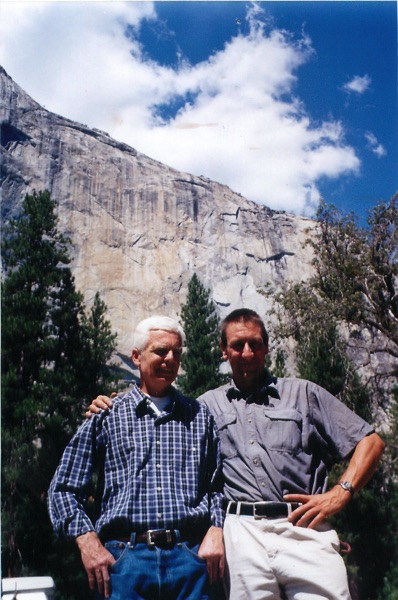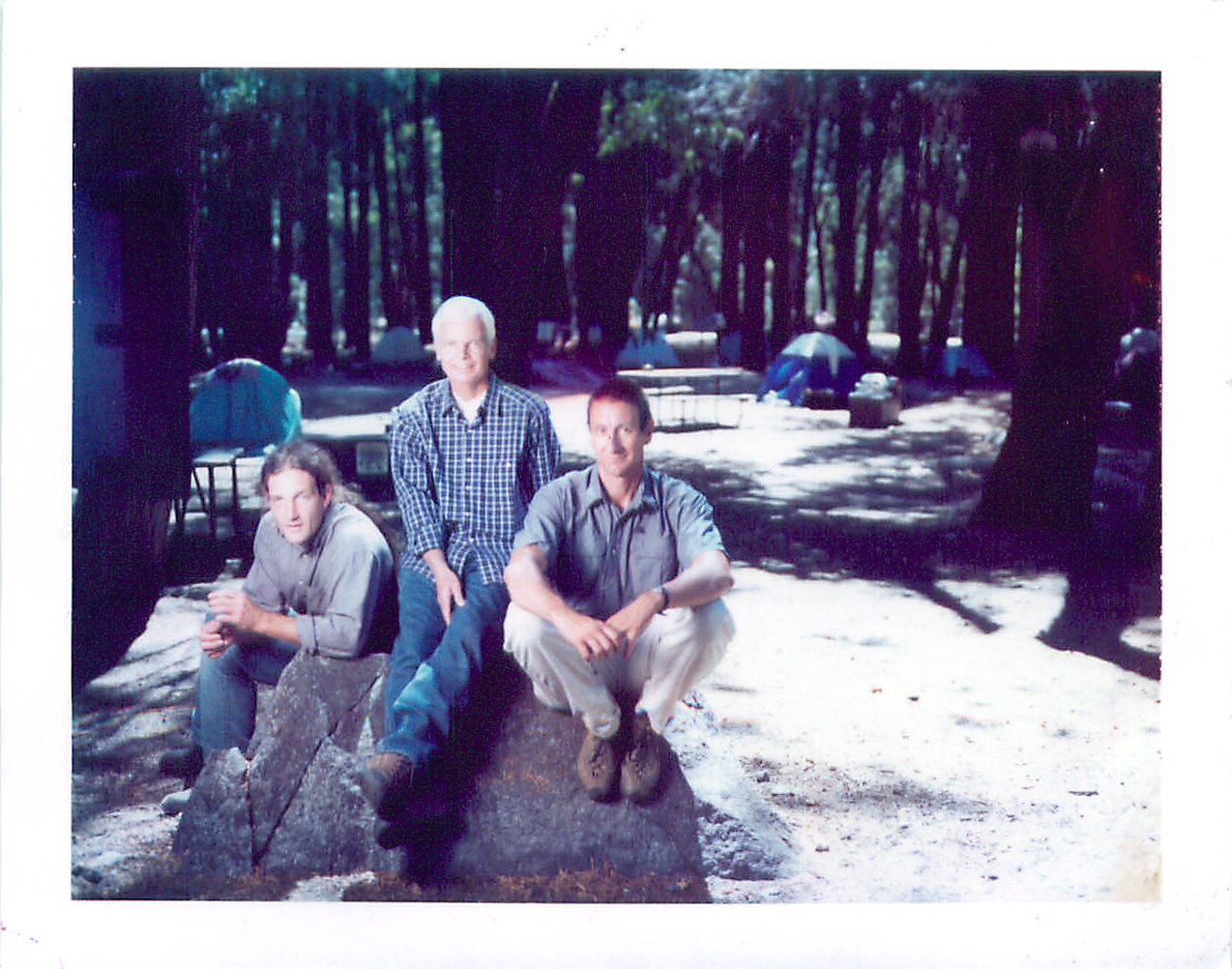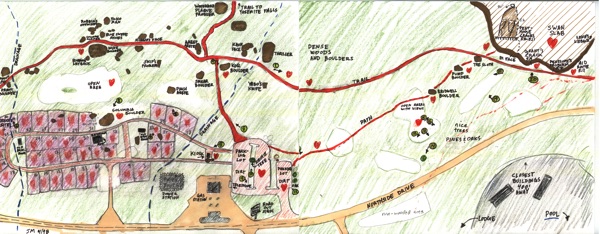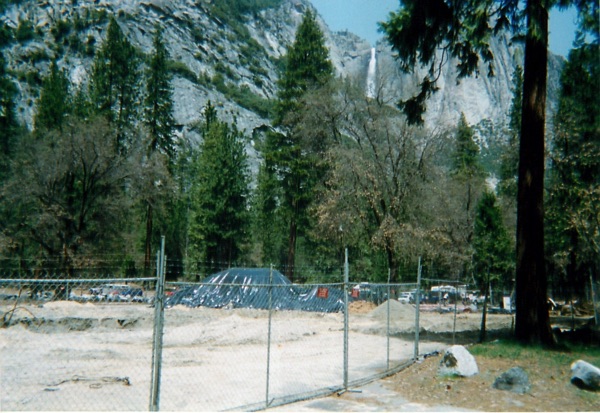
A few words about the National Environmental Policy Act, by John Middendorf (article for the Boatman's Quarterly Review)
Beginning over 38 years ago, Congress began passing a series of environmental legislation with the intent of preserving regions of our country for future generations. The Wilderness Act was passed in 1964, followed by the National Environmental Policy Act in 1969 and the Endangered Species Act in1973. These three federal actions are perhaps the strongest protectorates of many our wildlands today, and balance strong legislation such as the 1872 Hardrock Mining Act. Of the three preservationist acts, perhaps NEPA has done the most to create a greater environmental awareness and to inspire our land managers to have a deeper look at their planning processes.
NEPA case law can be abstract, but the following experience I had with opposing a development plan in Yosemite demonstrates how NEPA law can help create a friendly partnership with park planners. In January of 1997, a warm spell melted the Sierras and flooded Yosemite Valley floor, damaging roads and buildings. It was declared an emergency, and Congress immediately granted $178 million for repairs. In rapid succession, Yosemite National Park came up with a development plan for the Yosemite Lodge area, an Environmental Assessment (EA), and a Finding of No Significant Impact (FONSI). It was a blur of planning activity, and only 200 people had gotten the chance to submit their comments on the EA, mostly people who had responded to my internet offer for free climbing gear if they wrote a letter to the park with their thoughts and concerns. Climbers especially had cause for concern, as Camp 4, one of the last traditional walk-in campgrounds and meeting place for generations of climbers, was on the edge of the already over-developed Lodge area.
The approved plan as presented to the public was a simple one-page text affair that emphasized the restoration of the river’s riparian zone. Very little was mentioned of the extensive development of 17.5 pristine acres. After procuring a detailed architectural plan that was smuggled out of the park offices, I printed a thousand copies of a brochure called "Yosemite Crisis: Hotels or Campsites?" with reproductions of the unpublished maps, and distributed them on cars parked in the lodge area at night. The maps visually clarified the sprawl of hotels, parking lots, and employee dorms that was to take place. Camp 4 was to be closed indefinitely and reopened years later as a fraction of its former size. The adjacent Swan Slab area, then a serene public area, was to become an exclusive back yard for dozens of new four-plex hotels. Dozens of beautiful old growth hundred feet high Ponderosa Pines were to be harvested to make room for the new buildings and roads.
Concerned Yosemite denizens pulled hundreds of construction survey stakes in the area, and with the aid of the Ruckus society, I began planning a portaledge protest that was to take place high up in the fated trees. Fortunately, the illegal protest became unnecessary when Tom Frost, a legendary pioneer of El Capitan climbing, entered the picture with the inspiration and the required funds to hire a NEPA lawyer, Dick Duane, who immediately began a discussion with the Park Service.
After nearly a year of discussions, a turning point occurred during a meeting at the San Francisco NPS headquarters in April, 1998, which came about solely because we were working through legal channels. The "closed-door" meeting was hosted by John Reynolds, the western regional director of the Park Service, and was attended by Stan Albright, the superintendent of Yosemite, and eight invited climbers, including Dick Duane, Yvon Chouinard, Tom Frost, Jim McCarthy, and myself. The park wanted to listen to our concerns, and each of us gave a talk on our feelings and thoughts of the matter (having spent over 2000 nights camping out in Yosemite, I spoke of the visceral difference of sleeping outside verses staying in a hotel). Tom had become our leader and spiritual advisor, and implored us not to say or do anything negative to our friends in the Park Service, despite our impulses and feelings.
Late in the day, after a full day of discussion, the park proposed to us a "compromise". If we agreed to drop our legal pressure, they would only build three multi-story employee dorms in the eastern half of Camp 4, rather than four dorms, as called for in the already approved plan. The hotel development plan for the Swan Slab area remained unchanged. After a moment of stunned silence on our parts, Tom stood up with a speech that nearly brought me to tears. He calmly told them that we loved them and that we felt they were our brothers. Then, he made the analogy that it was our belief that the ship they were sailing was not only off course, but it was in the wrong ocean, and he assured them that we would help them find their way. The lack of acrimony must have stunned them, and as we quietly got up to leave, John Reynolds walked us to the door, mentioning that he agreed with our beliefs, but that his hands were tied by congressional pressure, and only a strong wind could change things. We interpreted Mr. Reynold’s comment as the go-ahead to request the injunction, as it was the only way the even the park could halt the bulldozers and chainsaws. In the spirit of friendship, we filed the lawsuit the next day. Things turned around quickly: the issue attracted national media attention, and the park immediately began an EIS scoping process that involved organizations representing hundreds of thousands of people. The EIS also allowed user groups (who lacked the benefit of lobbyists) to broaden their influence, such as the American Alpine Club who now work as partners and co-planners with the Park Service.
NEPA actions are likely to be at the core of the determination of the future of Grand Canyon National Park in the coming years. It is important that the boating community takes part in the decision making process. Some cogent NEPA points can be summarized:

Above: Tom Frost and John Middendorf at the base of El Cap
Links
1969 National Environmental Policy Act: http://es.epa.gov/oeca/ofa/index.html
1973 Endangered Species Act http://www.nmfs.noaa.gov/prot_res/laws/ESA/ESA_Home.html
1964 Wilderness Act http://www.fs.fed.us/outernet/htnf/wildact.htm
1872 Mining Act http://seattlepi.nwsource.com/specials/mining/26875_mine11.shtml
Freedom of Information Act http://www.usdoj.gov/04foia/
More information on the Yosemite NEPA lawsuit http://bigwalls.net/climb/camp4yosemite/index.html

Above: Photograph for Men's Journal (I don't think the article was ever published, though)

Above: my "Favorite Places" map

Above: Sunnyside area after the flood